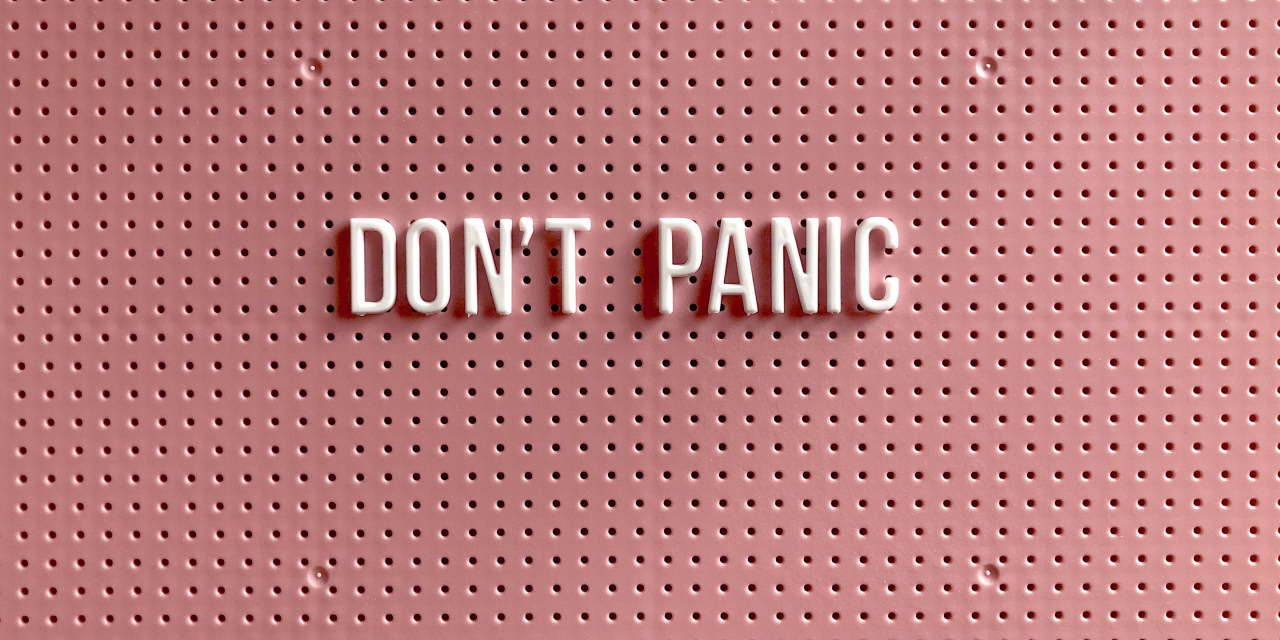Sometimes it feels as if stress and college go hand-in-hand, and it’s easy for students to feel overwhelmed and anxious on a daily basis. In moments of extreme stress and anxiety, it’s crucial to get ahead of the feeling and quell it before letting it consume you. There are many ways to calm yourself down—and oftentimes these are personal and unique to your anxiety and triggers—but there are three common techniques practiced and recommended by therapists and medical professionals.
Four-four-four method
When you begin to feel overwhelmed, your breathing can play a key role in how your body handles this stress. To relieve some anxiety and return your body to a neutral and calm state, try the four-four-four breathing method. To begin, inhale through your nose for four seconds, hold this breath for four seconds, and then exhale through your mouth for four seconds. Wait for four seconds, and then repeat until you feel less anxious and calmer.
Five-four-three-two-one method
If breath exercises aren’t your thing, you can opt to try the five-four-three-two-one method instead. This technique utilizes the five senses to create feelings of calm that can be performed in any environment and at any time. To begin, identify five things that you can see. Next, locate four things that you can touch–you don’t actually need to touch them, but rather it’s important to note that you could if you chose to. Then, find three things that you can hear; this step forces you to get out of your own mind and listen in to your surrounding environment. Next, identify two things that you can smell. Finally, identify one thing that you can taste. By focusing intently on your five senses and your surrounding environment, this technique helps distract your mind and return your body to an aware and logical state.
Body scan
If your anxiety and stress physically manifest onto your body, the body scan method of stress relief would suit you well. When you begin to feel overwhelmed, breathe deeply and focus on a specific part of your body—it could be as large as your right leg or as tiny as your toes. Try moving this part of your body slowly while practicing deep breathing until you feel the muscle loosen and relax. Repeat this process to release physical tension, which in turn helps relieve mental tension and stress. The more relaxed you physically feel, the easier it is to calm your mind.
Keep in mind that not all relaxation techniques are successful for each unique individual; it’s important to explore many different methods and find the technique that works best for you in order to keep your mind and body healthy.






